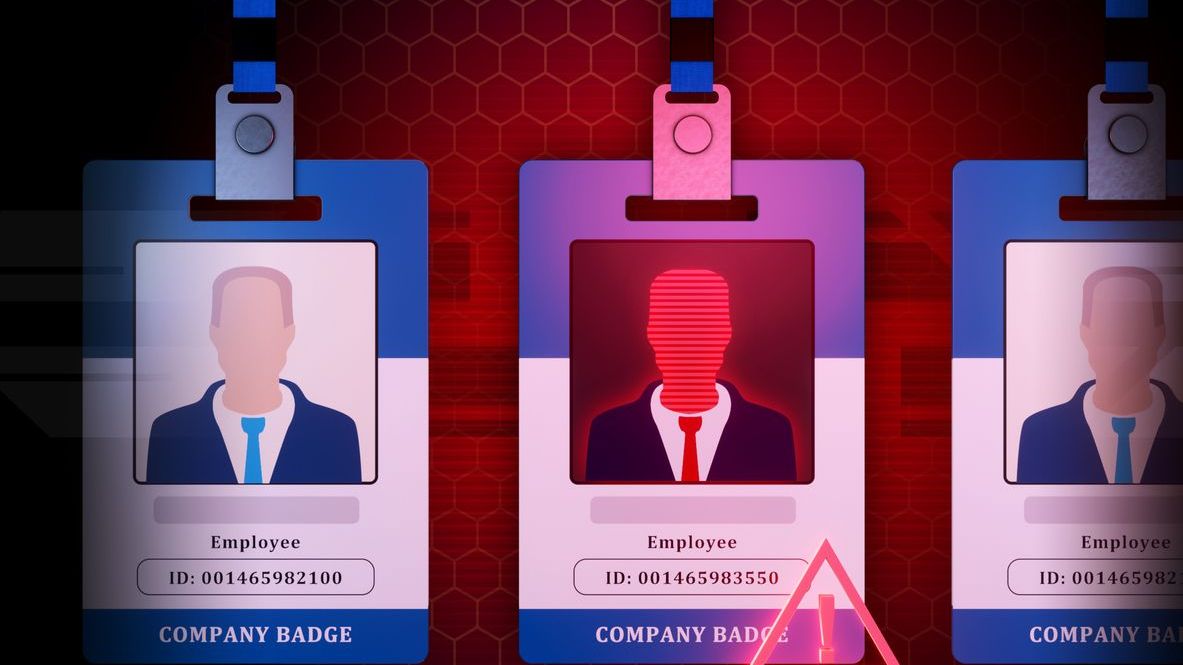The rise of insider threats is a pressing cybersecurity issue for government contractors.
These threats stem from an organization’s own employees and subcontractors who misuse sensitive and classified information. But since their access to this information is often authorized, insider threats are particularly difficult to detect. Even well-meaning employees can pose serious risks, whether through the unintentional misuse of generative AI tools like ChatGPT or security gaps created by internet of things (IoT) devices.
Frameworks like the Cybersecurity Maturity Model Certification (CMMC) provide guidelines for consistent security practices among government contractors. However, threats frequently slip through the cracks.MSPs can help their government contractor clients navigate this landscape by ensuring they have the right protocols and tools in place.
The Blurred Line Between Innocent Action and Malicious Behavior
Government contractors handle sensitive data that makes them prime targets for insider threats. That said, not all threats are malicious.
For example, an HR manager might feed an employee’s personal contact information into a GenAI tool like ChatGPT or Microsoft Copilot to draft an email, unaware that this sensitive data could be exposed. While the intention may be harmless, such actions can lead to serious breaches of confidential data that place both the contractor and its government clients at risk.
It’s also difficult to differentiate between legitimate activity and harmful behavior in the moment. Routine actions like file transfers may seem innocuous but could signal misuse — or vice versa. For example, an employee could download classified contract data to complete an authorized task. Or they could use that same data to gain an unfair advantage in bidding on future government contracts, benefiting either themselves or a competing firm.

Scott Barlow
No matter how thorough and compliant your vetting process is, it’s impossible to fully gauge an employee’s reliability and trustworthiness from a job interview. While vetting is crucial, it can’t eliminate the inherent risks of insider threats.
Additionally, the growing use of IoT devices (e.g., smart sensors to monitor critical infrastructure) increases the complexity of insider threat monitoring. These often unmanaged devices generate large volumes of data and network activity. This makes it difficult to distinguish between routine operations and potential risks.
Businesses must flag all unusual behavior, regardless of intent. But while thorough monitoring is necessary, it often leads to alert fatigue and makes it difficult to prioritize real threats. As an MSP, your expertise is crucial in helping clients implement smarter detection tools and strategies.
Key Questions to Ensure Clients Are Ready to Combat Insider Threats
MSPs can help guide government contractor clients in establishing access controls and identifying security tools that proactively mitigate risk.
Start by asking these three questions:
No. 1: What Internal Guardrails Are in Place?
What data access policies, governance structures and role-based access controls have your clients implemented? When were these policies last updated? By establishing clear boundaries and controls for employees and subcontractors, clients can reduce the likelihood of sensitive information being misused, whether intentional or not.
AI-driven threat detection tools like managed detection and response (MDR) can also help clients manage risk more effectively. MDR reduces the burden of manual threat monitoring by filtering out false positives and prioritizing critical alerts. With MDR in place, it helps reduce alert fatigue.
No. 2: Do End Users Receive Regular Security Training?
Employees and subcontractors should be clearly informed about which data they are allowed to access and which they are not. It’s also smart to recommend that clients offer training on how to use GenAI tools without compromising sensitive information and how to recognize suspicious activity that could indicate an insider threat.
This type of training is particularly important for government contractors who must adhere to frameworks like the CMMC that require regular attestations. Reinforcing security best practices through interactive workshops and exercises helps employees actively apply protocols and policies designed to counter insider threats.
No. 3: Have All Potential Security Gaps Been Addressed?
Many contractors still may overlook critical security gaps — particularly unmanaged endpoints like IoT devices. It’s important to confirm with clients whether they’ve addressed these vulnerabilities and provide recommendations on how to mitigate them.
Network detection and response (NDR) offers an effective solution by monitoring traffic from IoT devices and flagging unusual patterns. NDR facilitates communication between an organization’s firewall and endpoints. This helps prevent the lateral spread of insider threats by isolating compromised endpoints. In addition, most NDR solutions can also integrate with MDR to monitor network traffic in areas without direct sensors.
Insider Threat Prevention Requires a Holistic Approach
The rapid proliferation of IoT devices, the widespread use of GenAI tools, and the ever-expanding attack surface demand a heightened focus on preventing insider threats. You must educate clients on the risk of these threats and empower them with the right tools and strategies to defend themselves.
With a holistic approach that includes stringent data access policies, training programs and modern tools, you can help your clients stay ahead of the rising tide of insider threats.
Scott Barlow is vice president, global MSP and cloud alliances for Sophos.
Image: iStock













